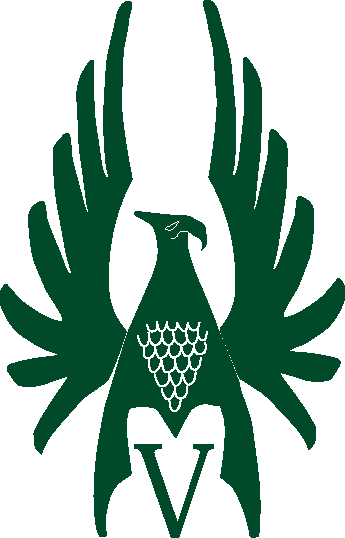
As purchased from a guy in Vancouver, Washington,
2005
Controller at the top, resonant cavities, GE UHF Radio
Also a nice 19" rack which we quickly repurposed.
It came with an extra PA Amplifier strip and GE test set. We started to
get excited about the GE line of mobile radios that were popular in the
seventies and eighties.
Started taking the pieces apart and examining.
Here are the UHF resonant cavities, two for transmit and two for
receive. They are actually hollow cans with silver plating inside and
you actually adjust the inside dimensions with a screw making it smaller
or larger. These are about the sharpest filters you can make.. The
repeater was set up for
GMRS and needed to be retuned to ham frequencies with new crystals
which GE calls ICOMS (integrated crystal oscillator module)
WB7ELY has always wanted his own repeater.
It must go back to the heady days in the mid seventies when all of this
surplus LE VHF/UHF radio equipment was dumped on the surplus market.
Suddenly every ham had a radio or walkie talkie and every tall building
or mountain had a ham repeater on it. Guys hooked up "autopatches"
and anyone with the access codes could make a touch tone phone call. You
usually made a small donation to your favorite repeater and would then
be given the tone code to get a dial tone
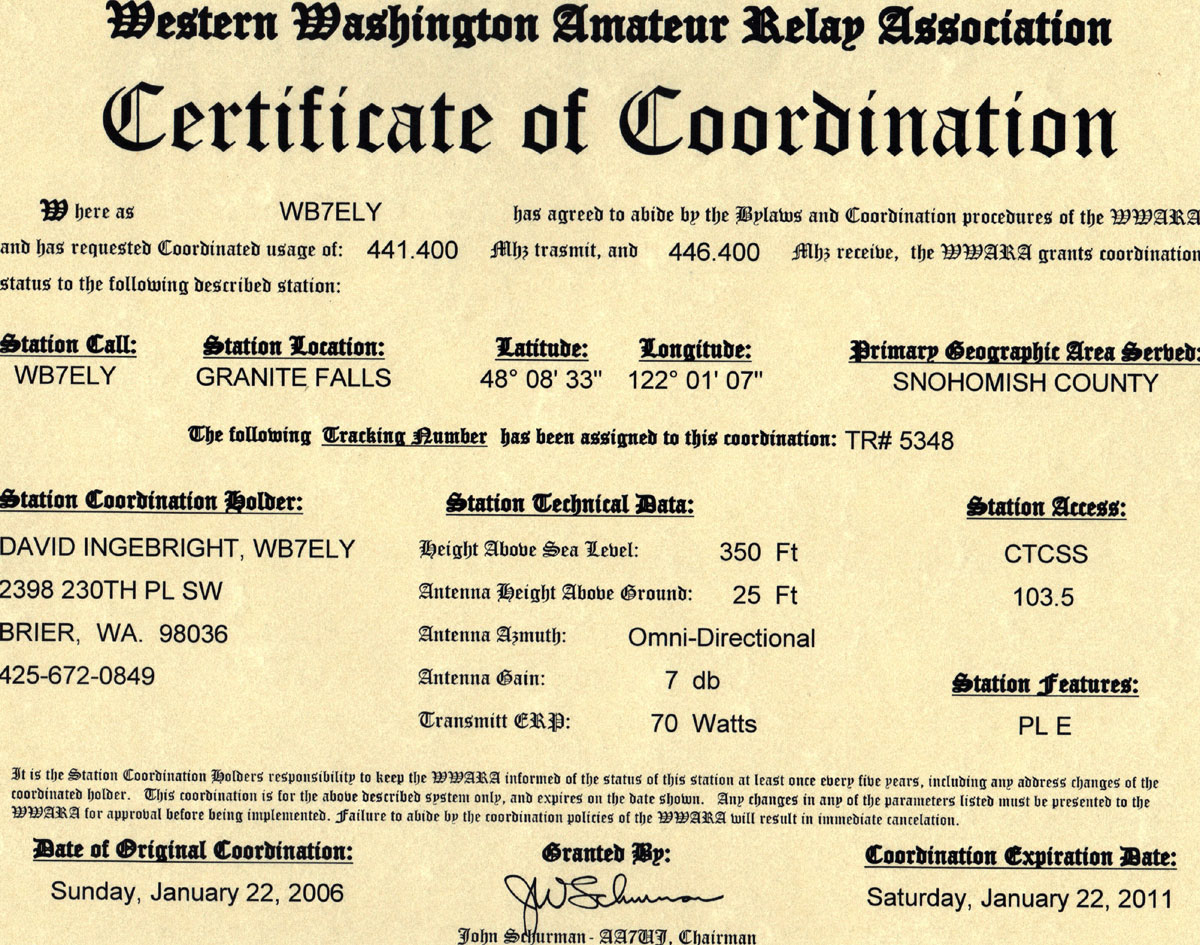
Coordination certificate from the
WWARA granting permission to
operate the repeater on 441.4 with 103.5 PL tone.
Ordered the crystals and we easily retuned it using the test set
and well-written instruction book. This radio has a ton of documentation
and we have a file cabinet full of manuals and instructions.
Wiring up the Morse IDer to the controller.
This Controller was old and clunky but it worked.
The next plan is to replace the controller with a new
microprocessor-based single board controller. We liked the NHRC
line. They even make one that
plugs into the accessory socket
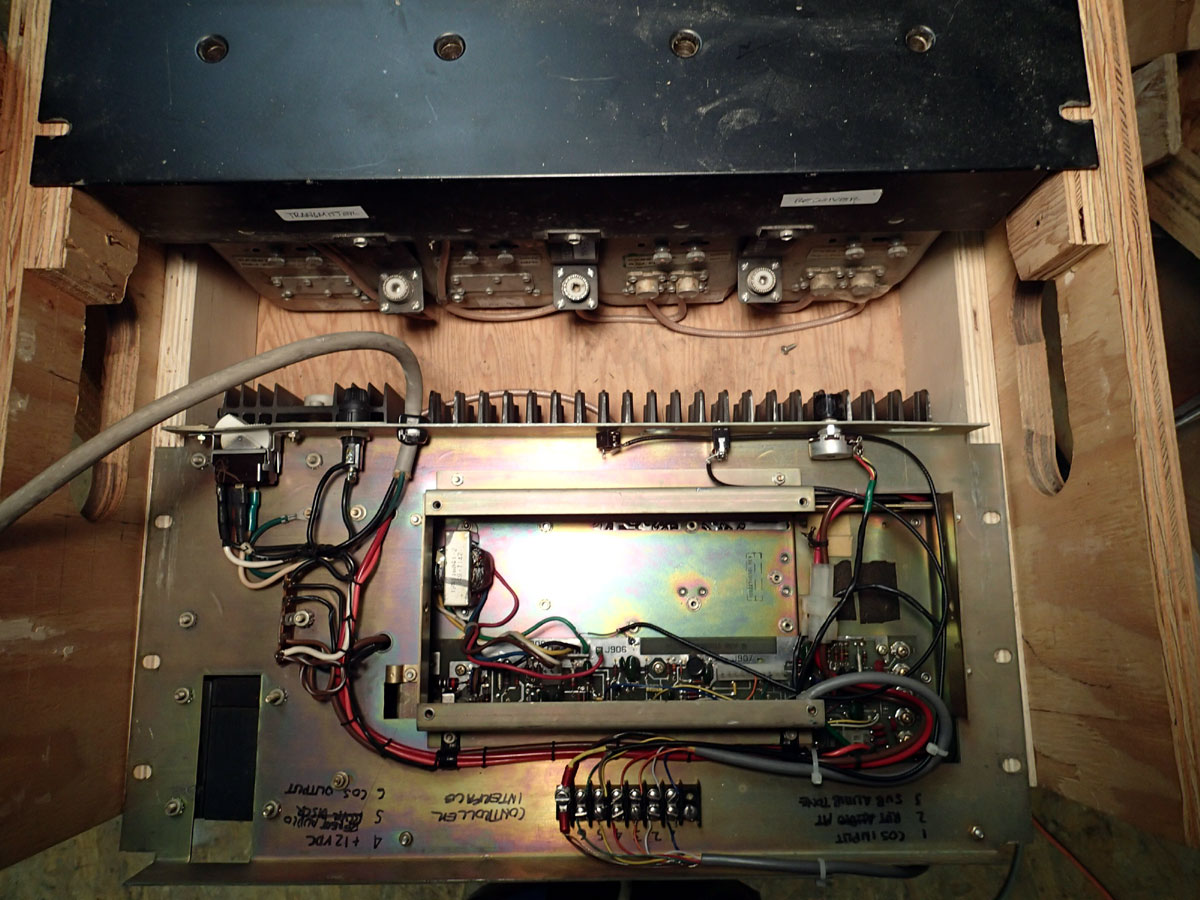
Underside showing the prior
modification that added the controller and turned the radio into a
repeater.
The mod looked clean and neat. Six screws on the barrier strip:
PTT, audio in and audio out.
In 2005, Dave was managing a group of labs at Boeing. One of the labs
was an EMI lab and they had the very best test equipment money could
buy. The techs were well versed in using
vector based network test instruments and I brought the radio down
to work one day. The techs were happy to see something new and over
lunch they retuned the cavities and even tweaked the antenna. It was
ready to go with a minimal amount of fooling around. I began to have a
new respect and interest in GE mobile radios. GE worked hard because
they had to compete with Motorola.
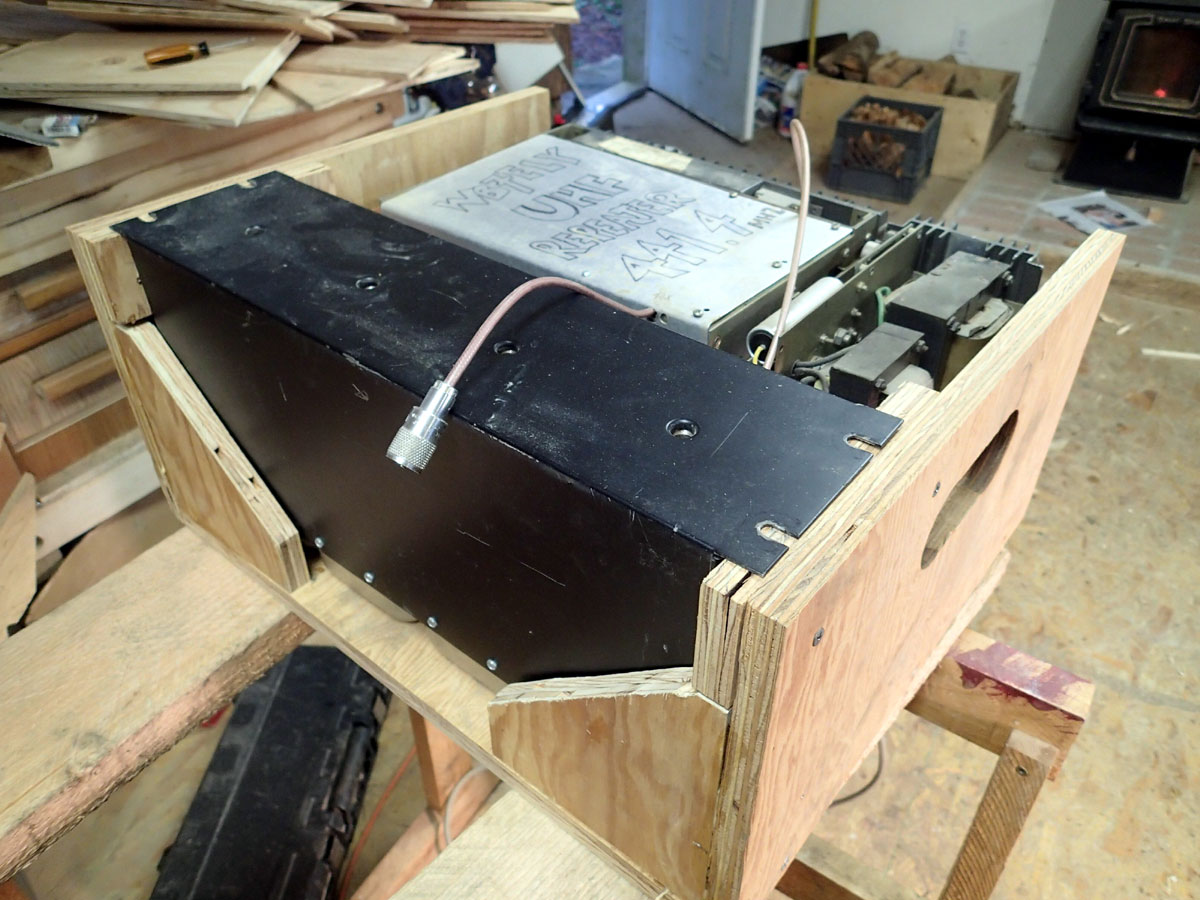
Construction of the Repeater "Go Box"
We were not sure of the final location and environment so this seemed
the easiest way to go. Short lead lengths too.
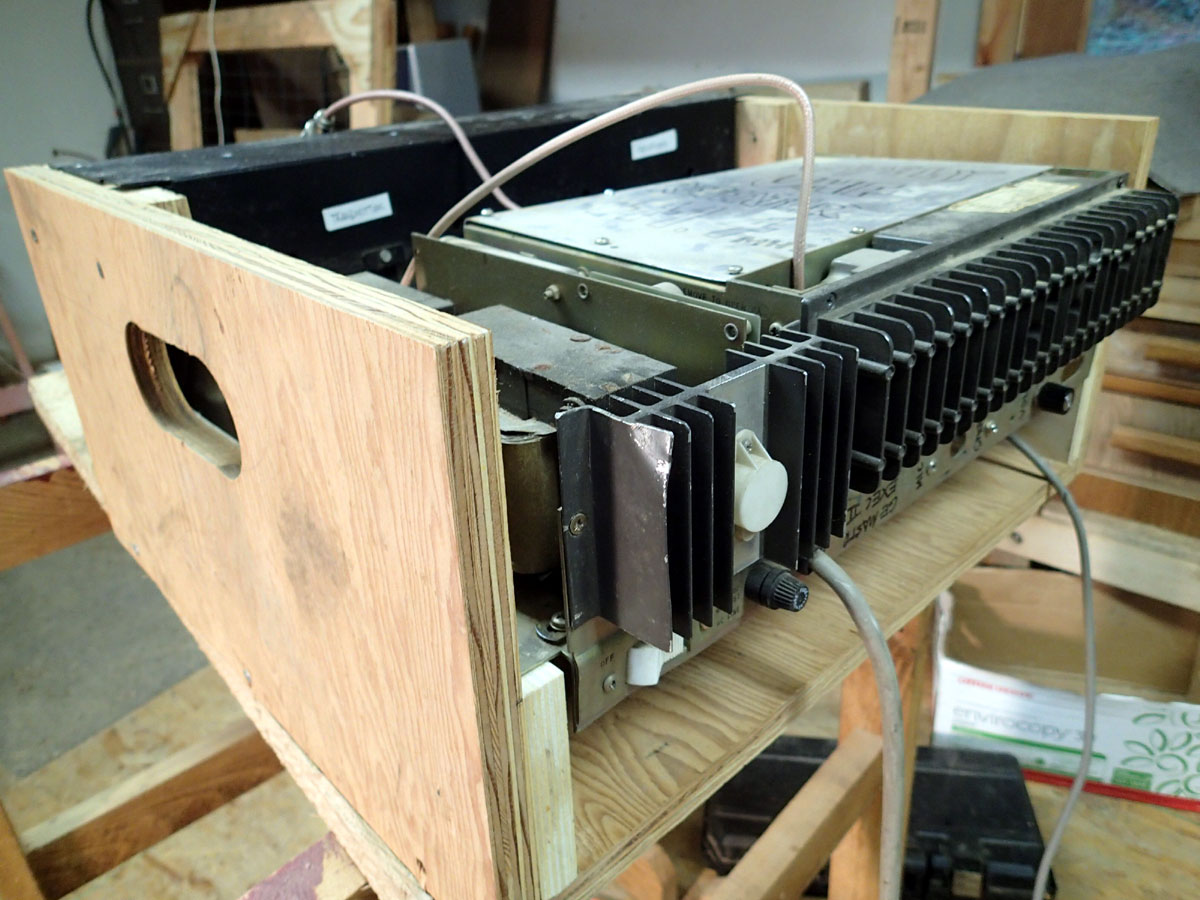
Final assembly of the go box before polyurethane seal
and paint
Note the hefty AC power supply (left end) of the chassis.
I was told that this was a former base station: Law Enforcement
Here's an early test setup in the basement.
Controls on chassis: on/off, speaker jack and volume control. Note the
vintage GE Mobile speaker.
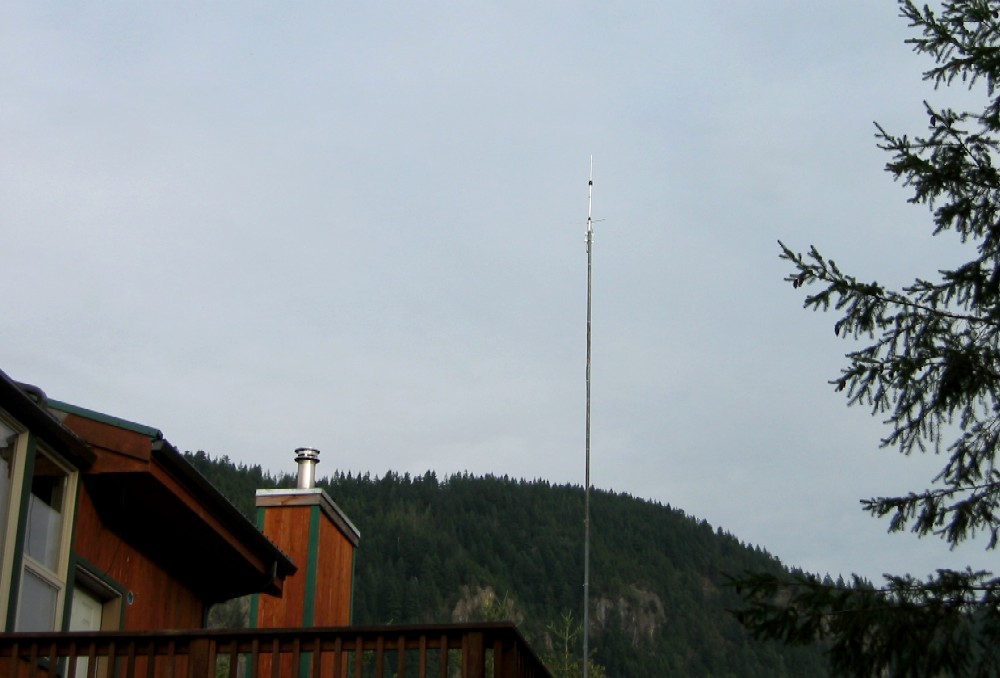
UHF Base antenna mounted on 20' mast secured to the
2nd floor deck.
50' of RG-213 coax. It worked but it really needed to be on the
jordan peak behind us.
WB7ELY built a "simplex autopatch" in the 1980s and ran a pair of
early Icom IC-45A
radios hooked to a
CES 500 controller. He parked it on an unused UHF frequency and was
able to make "simplex" phone calls over most of Seattle.
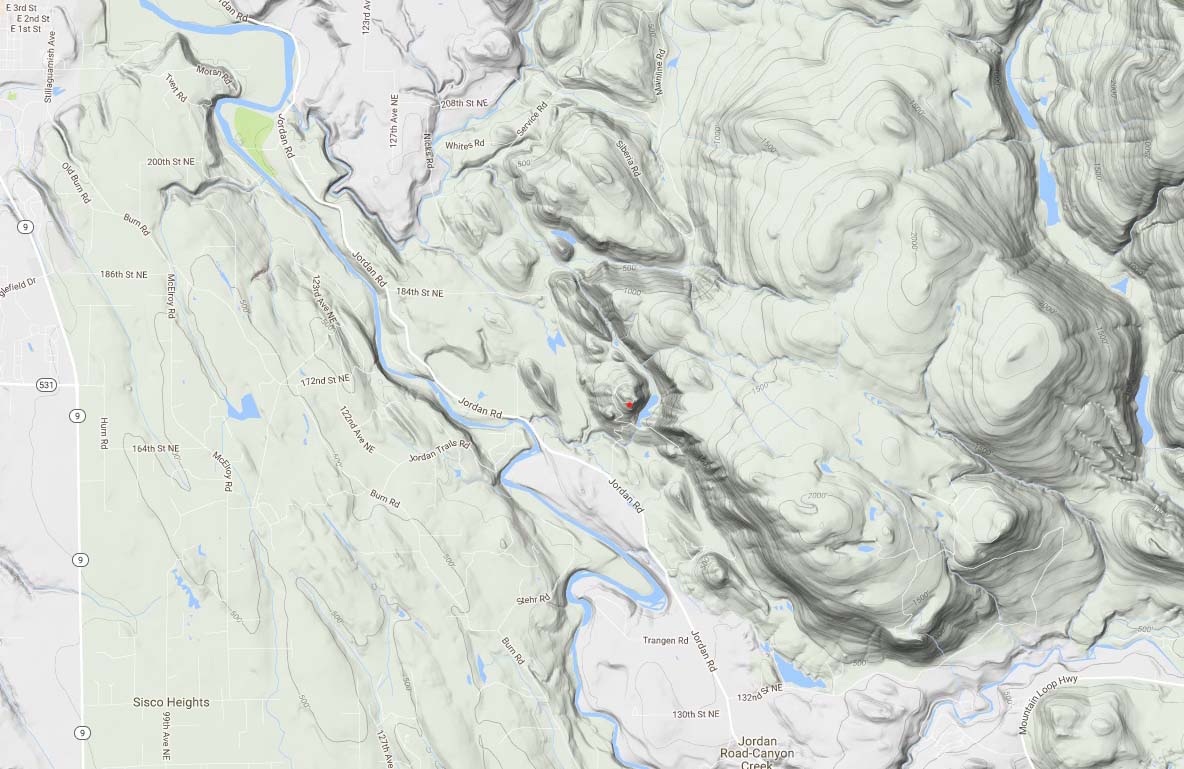
Topo map of the area
Red dot shows proposed location on Jordan peak
![]() Back to Projects
Back to Projects